Inside Miami’s Otherworldly Haas Brothers Exhibition
Footstools resembling furry aliens. Chaise lounges that sprout horns. Benches that tease you, sticking out an irreverent tongue. Inside the fantastical world of the Haas Brothers, a Los Angeles-based creative duo led by twins Simon and Nikolai Haas, texture, color and whimsy are fodder for objects that deftly blur the line between art and design. Lending credibility to this increasingly prominent straddling of two seemingly separate facets of creativity, the Haas Brothers have debuted their first museum exhibition, Ferngully, at the Bass Museum of Art in Miami Beach. The critically acclaimed show runs through May 20.
Organized by Bass Museum curators Silvia K. Cubina and Leilani Lynch, Ferngully explores the bridge between contemporary art and design. “I think this is really the moment where artists are feeling like they can have that freedom to cross over,” says Lynch. “It’s an interesting opportunity for visual artists to design things that have function, and question how changes what they’re doing in their practice. It also works vice versa—designers want to make something that doesn’t necessarily have a function, yet can still find its way into a collector’s home.”
Most of the works in Ferngully were borrowed from private collections. According to Lynch, they are a testament to the Haas Brothers’ diversity throughout their eight-year collaboration. “We found a happy medium between creating a playful environment and exhibition design without being too theatrical and presenting the works as precious objects.”
Otherworldly Designs
The works presented in Ferngully highlight the Haas Brothers’ unique approach to design, which blends function with out-of-this-world imagination. Capturing the essence and nostalgia of the 1990s cult classic animated film, Ferngully explores themes within science and nature, with objects resembling monsters, beasts, fungi, flora and fauna.
Upon entering the exhibition, guests are greeted by furry creatures sporting golden legs. These objects range from the functional—like Uma Worm-an (2017), a bench composed of Icelandic sheep skin and cast bronze—to the exclusively sculptural, like Wavey Jones (2018), an alien-like sculpture made out of black sheepskin and ebony.

(Bass Museum of Art)
Other works, made specifically for the show, dazzle with references to Miami’s tropical aesthetic. Resembling a breezy royal palm, John Palm Goutier (2018) doubles as a lamp and sculptural work with rainbow-colored glass beads, copper and LED fiber optics. Shown alongside She’s So Ducky (2018), a walnut bench covered in crimson glass beads, the piece provides a vivid sense of what makes the Haas Brothers’ work so groundbreaking: In their world, good design doesn’t come from form or function but from our collective ability to dream.
[embed_cta url=”https://www.corcoran.com/florida”]Find your Florida dream home.[/embed_cta]





